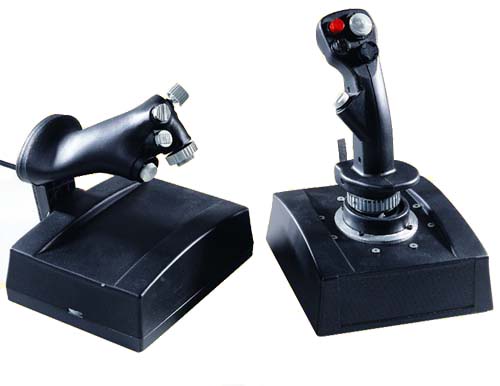

In that case, the increased workload can crush your computer’s cooling system, thereby leading to heat accumulation and throttling. Suppose your computer is overworked for an extended period with heavy workloads. Besides, Overclocking helps you get more work done by your computer with more heat buildup therefore, it needs an additional cooling system to control heat buildup. In addition, Overclocking increases the processer’s performance, but it produces more additional heat because more work is done. Overclocking is nothing but increasing the Processor’s clock rate, running it at a higher rate than it is designed to run. Since the components are tightly packed within the limited spaces without adequate airflow or the cooling systems, they are heated up fast and frequently suffer throttling. The Laptops are easily affected by thermal throttling than your desktop computers. If the internal components are closely packed, heat will accumulate quickly and make the dissipation of heat more tedious. The CPU, North Bridge, and GPU are the reason for the heat buildup since most of the processing is done there. Since the internal computer parts are integrated very close to each other, there is a greater chance of heat buildup, which will trigger thermal throttling. If the computer case doesn’t facilitate a proper ventilation system for cooling, then the heat will buildup rapidly and trigger the throttle.
:max_bytes(150000):strip_icc()/expressvpn-imac-a8391320f7fa5f208ff7a4bc61422b59-889f52f73ff94c13a35e73c3753c62c6.png)
Throttle is more common, with the systems having less cooling systems. The Intel processors can handle up to 105 degrees Celsius, and AMD processors can handle up to 90 degrees Celsius. Moreover, the thermal junction value may differ with the different processors. The computer will work normally until the temperature of the thermal junction reaches its maximum. Thus, the excessive heat build inside your system activates the thermal throttling as a countermeasure to reduce the heat buildup. When your system does not dissipate the heat fast enough, the CPU gets hotter and hotter and hotter therefore, the computer temperature rises significantly. Heat sinks have a higher thermal capacity with maximum surface area to absorb and conduct the heat effectively from the system. To keep the internal system components cool, heatsinks are used. The system components like CPU, GPU, and Northbridge are the main culprit for the enormous heat buildup within your system. The computer is an electronic device, and the CPU of it intrinsically produces heat when used. Reasons and Effects of Thermal Throttling:
Throttled meaning in computer software#
Efficient heat management with heat monitoring software with the best cooling system and scaling down lower clock speed (underclocking) and lower voltage (undervolting) can stop dynamic frequency scaling. The temperature excess causes the automatic reduction of processor performance as a preventive action to avoid thermal damage to the system’s components and reduces the clock frequency. Since its processing power is reduced to the minimum, it can affect the programs like video editing, video rendering, and graphic designing, slowing down the processing. The throttle process does not damage the computer but has some hindrance to your computer’s overall performance.ĭuring the throttle, the frame rate is reduced to the minimum therefore, it will affect your gameplay.

During the throttle process, the computer automatically scaled down its performance, such as reducing the clock speed and lower frame rates, making you feel your computer runs slower and sluggish. To prevent the damages, the latest computers designed to avoid overheating called dynamic voltage frequency scaling. In other words, it is a dynamic voltage scaling down process within the computer to perform lower temperatures to protect the inner parts of the system from damages.Ĭontinuously working at a higher temperature may expose the motherboard and other internal components to severe damages. The heavy computational load of convolution neural networks leads to performance degradation and thermal throttling. It helps the system to cool down quickly by reducing its overall performance. Throttling mechanism is a self-safety mechanism employed in computers to protect them from the excessive heat produced when the computer is overworked.


 0 kommentar(er)
0 kommentar(er)
